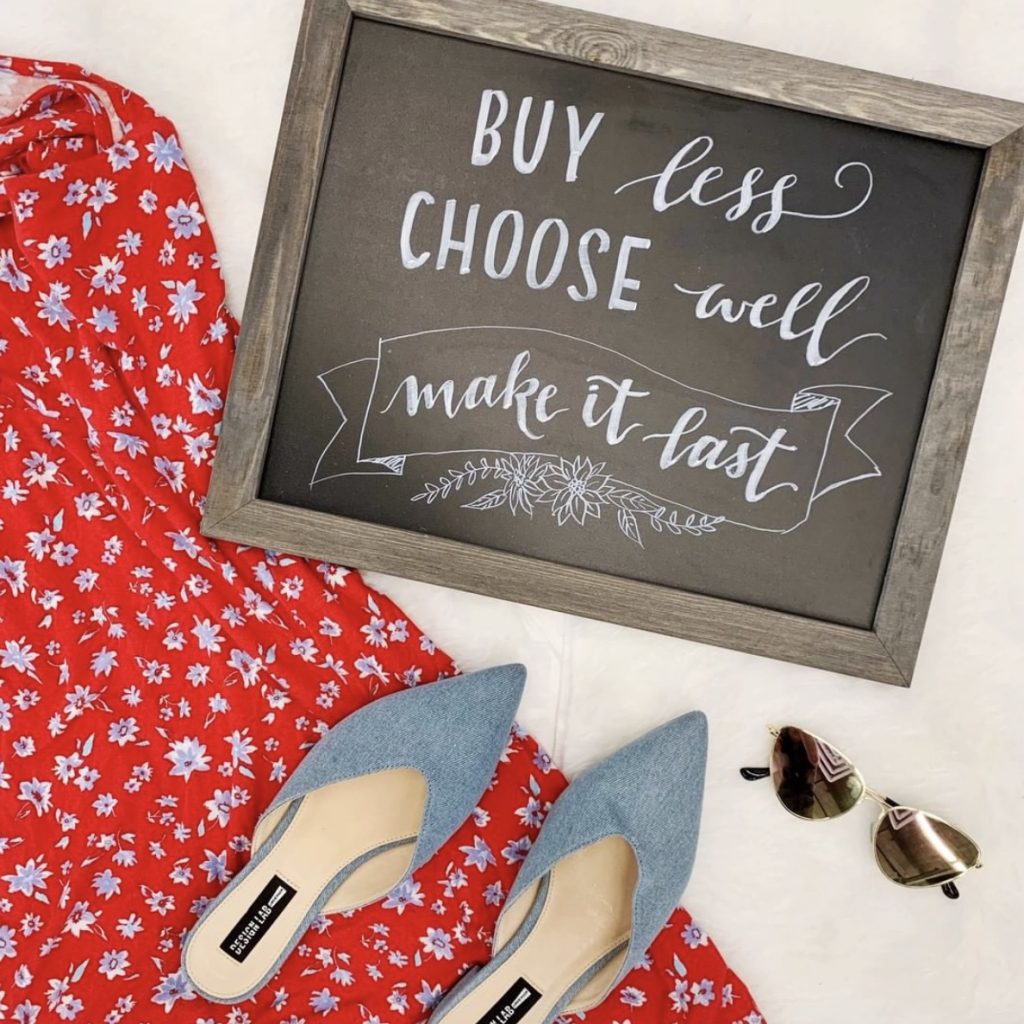Why buy when you can rent? While not everyone may echo the sentiment when it comes to living situations (even though there’s no shame in renting), renting clothes makes increasing sense to the conscious clothing consumer in today’s sharing economy. So does buying used clothing from major retailers.
Clothing rental companies, especially those busting at the seams with coveted cocktail dresses – have been around for a solid decade.
It was back in 2009 when New York City-based Rent the Runway came onto the scene to switch up the game allowing babes on budgets to rent designer frocks, democratizing high-fashion in the process.

But now, mainstream retailers – everyone from American Eagle, H&M, and Urban Outfitters, to Banana Republic and JC Penney are getting taking their chances with used clothing.
The way things are heading, renting could become the future of retail – at least, that’s what the numbers and figures reveal.
As The Wall Street Journal reports, according to GlobalData Retail, the rental apparel market (excluding costume rental) has been steadily growing by more than 20 per cent each year. In 2018, the market was valued at about $1 billion and experts project it will exceed $2.5 billion by 2023.
This past summer, Urban Outfitters (which also owns Free People and Anthropologie) made headlines when it launched an $88 USD monthly subscription service called Nuuly. This service allows customers – who tend to represent a younger demographic of shopper – to borrow 6 items from these brands, outside labels, and even carefully sourced vintage items.

Even fast fashion retailers are turning their eyes toward the rental market.
This past spring (actually, at the launch of its most sustainably made collection to date), H&M’s head of design, Ann-Sofie Johansson announced that the company was exploring the idea of a rental service(!!!).
Recognizing a market opportunity, third-party companies are emerging to help some of the world’s biggest shopping mall staples enter the rental market.
For example, startup CaaStle offers a web platform for retailers like American Eagle, Express, Ann Taylor, and Rebecca Taylor to rent apparel and take care of all the associated logistics like shipping and dry cleaning.
During a time when retail brands are struggling to keep shoppers coming into bricks and mortar stores, thanks to the mass surge in online shopping, the slippery slope in getting into the rental business involves being careful not to discourage shoppers from visiting their stores or actually purchasing items online.

The hope is that once customers fall in love with an item via a trial rental run, they’ll realize that they can’t live without something similar as a wardrobe staple. Many rental services offer the option to buy the garments as well. The idea, of course, is for rental to complement traditional retail channels.
Studies have revealed that the millennial set prefers renting to owning, well, pretty much anything.
When it comes to their wardrobes, millennials have become more “woke” to social justice and sustainability issues and are very aware of the environmental impacts of fast fashion. Not to mention, the younger generation generally value experiences over material things when deciding where to spend their precious dollars.
Furthermore, the Marie Kondo craze has inspired a generation of experts in decluttering as minimalism becomes more than a buzzword.
Let’s not forget that in cities like Toronto and Vancouver, sky-high real estate prices mean that closet sizes often leave a lot to be desired.

Not to mention, renting a portion of your wardrobe means you can at least pretend that renting your living space isn’t eating up most of your paycheque. Renting is just one part of retails radical shift.
Some of North America’s biggest retailers are now getting into the thrift business, looking to sell used clothing like its going out of style.
Last month, Macy’s Inc. and J.C. Penney announced partnerships with resale marketplace thredUp Inc. to sell used items in some stores and Levis has been selling vintage denim in select stores since 2017.

Not only does the thrift business speak to the environmentally aware shopper, it also offers a means for people to clear their tiny closets of items they no longer wear.
Whatever the case, the bottom line is that consumers are no longer closeted when it comes to renting their clothing or turning to second-hand options. Rather than shameful, it’s savvy on behalf of both shoppers and sellers.
